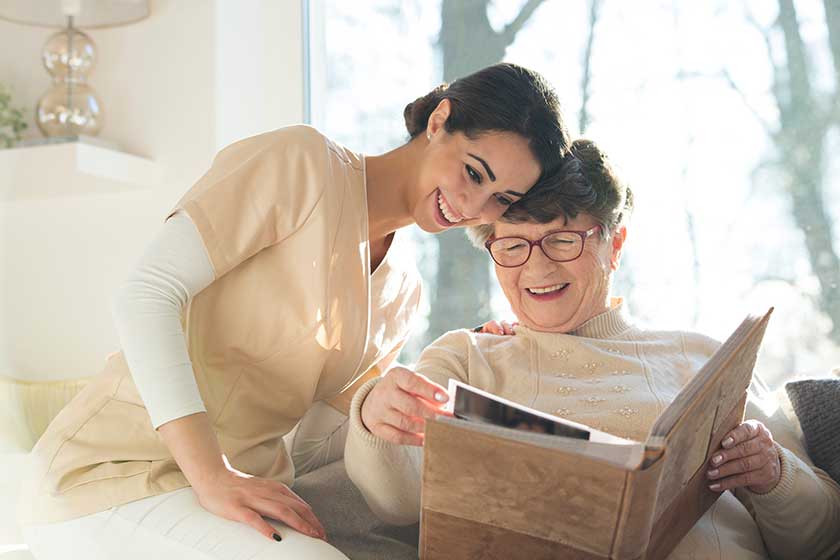For people with dementia, the world can feel like it’s slipping away. So one of the best ways to help them keep track of their day and even make new memories is through photos. Photos are a way to remember important events. Pictures of family members, friends, and pets can evoke positive emotions and memories that may result in smiles or tears. The memory care program in Drakes Branch uses this technique in their care plan to help patients stay active and engaged with their surroundings.
Encourage Them To Keep Taking Photos
There are several reasons why encouraging your loved one to take photos is essential. It helps them connect with the people in their lives and the places they love, which can help with memory retention. Additionally, it gives them a sense of purpose and accomplishment when they share their photos with family members or loved ones—a great way for families to bond over shared memories.
Make A Personalized Photo Album
The memory care program will create a personalized photo album for each resident. These albums are made up of photos that have been chosen by the resident and their family members, including pictures from their childhood and other significant life events.
The benefits of this activity include:
- You can share your life story with your loved ones in a simple, easy way. When you have dementia, it’s hard to remember details about your past or tell stories about things you once did or places that were important to you. Creating a photo album helps preserve these memories for when they’re lost forever because of Alzheimer’s disease or another form of dementia.
- For families, they get a chance to spend time together while also creating an album that can be used as part of the care plan.
- It’s not just about making albums, though; it’s also about taking pictures! By taking pictures, you will be able to capture important moments in your loved one’s life which could otherwise have been forgotten or overlooked.
Enlarge And Label Pictures
Enlarging the photo is a great way to help people remember more about it. It also helps them relate their feelings about the picture to what they’re doing now. For example, if you had a picture of your grandmother when she was younger, enlarging it can help her connect with that time in her life again and think about how things might have changed.
Asking questions like “Who is this?” or “What happened here?” are great ways to help your loved one express their thoughts and feelings about an image. This allows them an outlet for telling you stories from their past that they may have otherwise forgotten or become unable to share.
Conclusion
Regarding memory care, photos are a big part of helping people with dementia stay connected with their past and present. They can help them remember who they are and where they’ve been. Photos also bring meaning to someone’s life and help them keep track of the day—seeing the faces of family members and friends helps us feel less alone, especially when we’re unable to communicate verbally or physically.
We hope you will consider using this technique for your own loved one. It may not be a cure for the disease, but it can certainly make life easier for those who suffer from it.
If you want more information on how to keep your loved ones safe and well-cared for as they age, please contact us today!





